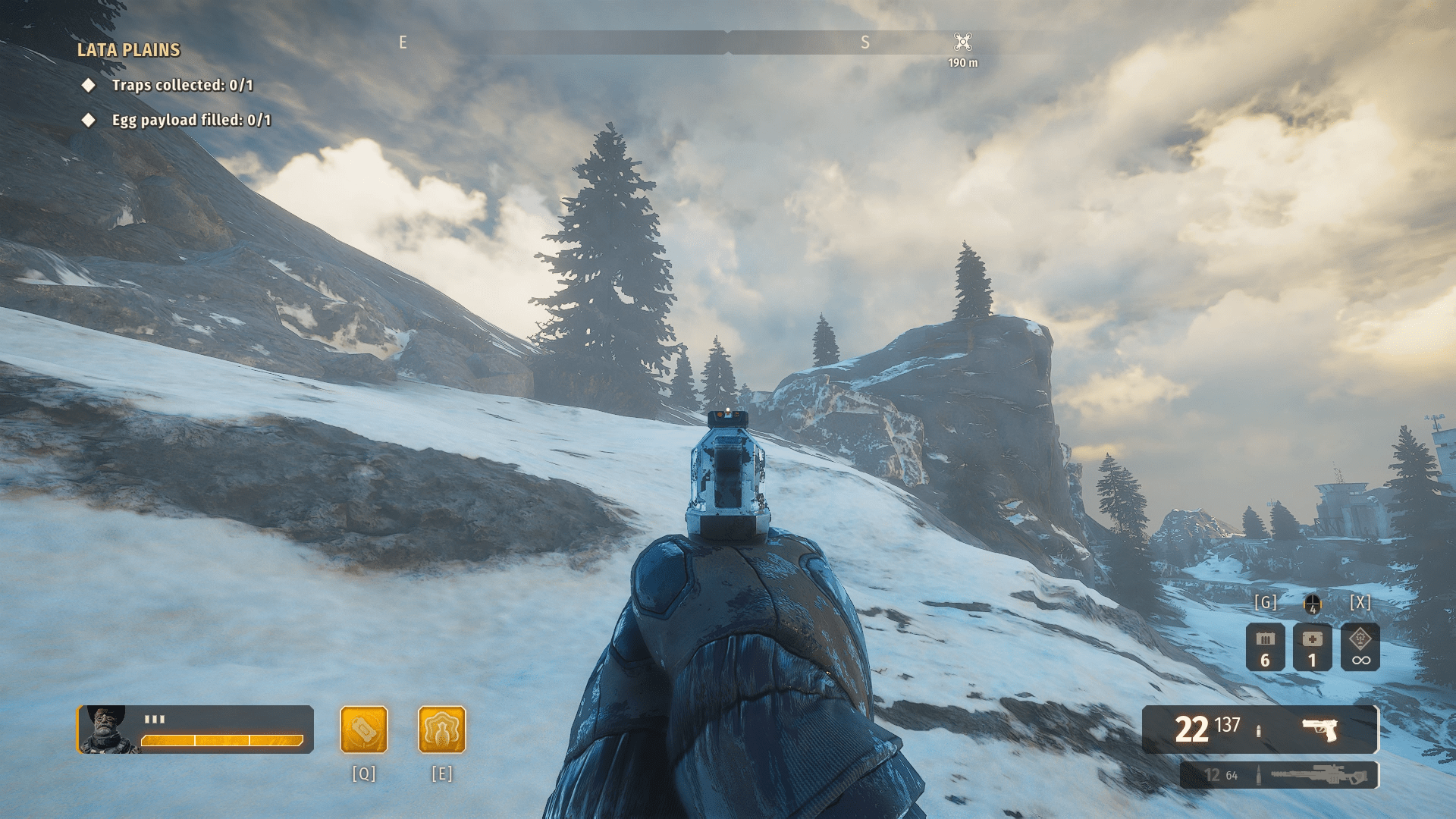

It’s shocking how quickly carelessness (or callousness) can wipe something off the face of the world. It’s strange to be reminded how easily abundance disappears into nothing.

But, like a cemetery visit to read ancient headstones, there are lessons to be found in these markers to the dead. To some people, these journeys of mine could seem macabre, a weird fascination with avoidable-turned-inevitable large-scale deaths. Unlike Martha and Benjamin, the stuffed tiger wasn’t given a name before its death. But there’s no doubt that today the species is extinct. Some assert that the last one died in northern Iran, or northeastern Afghanistan, or perhaps elsewhere. Many scientists disagree with the museum’s claim that this particular Caspian tiger was, indeed, the final survivor. Its endling is mounted in a drab display case: a Caspian tiger that fell to a hunter’s bullet in the 1950s, according to a plaque. My second endling pilgrimage had led to a small, dingy museum in the bleak Central Asian city of Nukus, in the far west of the former Soviet republic of Uzbekistan. All that makes her doomed existence tangible is a short black-and-white film clip showing the animal pacing in its cage at the zoo. Unlike Martha, Benjamin’s physical remains are long gone. Martha photo courtesy Wisconsin Historical Society She died only a few months after the Tasmanian government’s much-belated decision to provide the species legal protection. Benjamin, who survived for 22 years beyond Martha’s demise, became Australia’s iconic endling. The introduction of sheep in 1824 led to conflict between the settlers and thylacines.” The carnivorous, striped marsupial was hunted to extinction thanks to a misinformed fear that it was decimating the island’s sheep herds. The Tasmanian Parks & Wildlife Service explains: “The arrival of European settlers marked the start of a tragic period of conflict that led to the thylacine’s extinction. Well before Benjamin became the final number before zero, her species was diminishing. Benjamin (believed to be female, but never mind) was the last known Tasmanian tiger, or thylacine. It’s the zoo where Benjamin died in 1936. In Hobart, the capital of Tasmania, I made my way alone on a gray winter day to the ruins of the Beaumaris Zoo, in a park known as Queen’s Domain. Several years earlier, an extinction mission took me to the opposite side of the globe. The trip to see Martha was my third endling pilgrimage. Martha’s organs are preserved separately in fluid. Nowadays, Martha and her anonymous pseudo-mate spend virtually all their time in a nondescript locker next to one containing birds Theodore Roosevelt had shot, collected, and studied as a boy. They had no connection with each other during life and were mated only for public display, which hadn’t happened for a long time. The Smithsonian custodians paired her with a male passenger pigeon that died in 1873 in Minnesota. There she was mounted and placed on a small branch now fastened to a block of Styrofoam. Martha arrived at the Smithsonian encased in a block of ice for scientific study. For me to see where she’s preserved seemed like a better place to connect with extinction than the zoo where she died, the last known passenger pigeon on earth, the last known specimen of her species – an endling. Instead, I journeyed to see what’s left of her, tucked away in a steel storage locker at the Smithsonian Institution’s Museum of Natural History. I could have gone to Cincinnati, where she died on September 1, 1914, at the age of 29. I wanted to view Martha in the flesh, so I made a strange pilgrimage to Washington, DC, to visit the last resting place of the best-known endling of the Great Lakes.


 0 kommentar(er)
0 kommentar(er)
